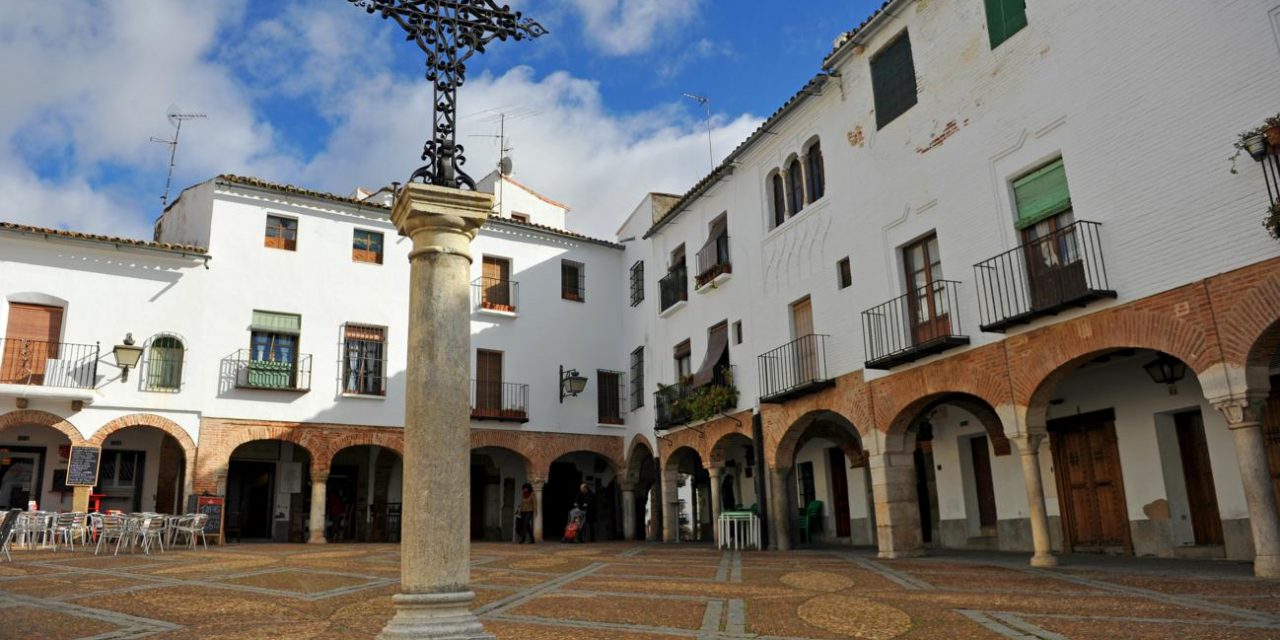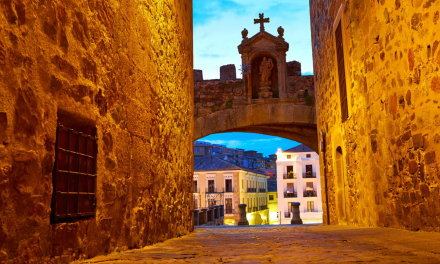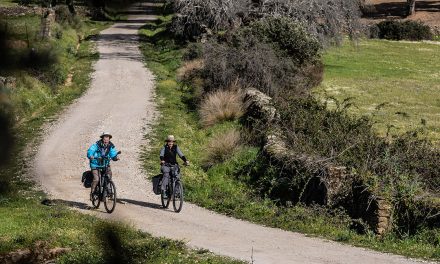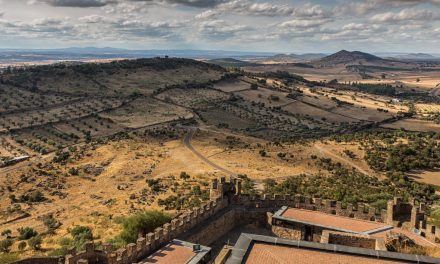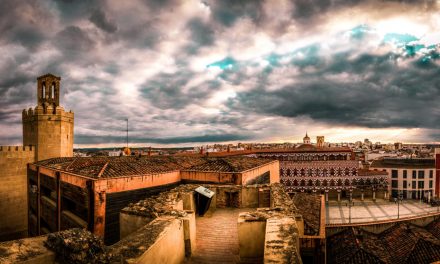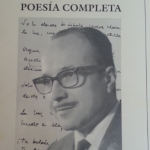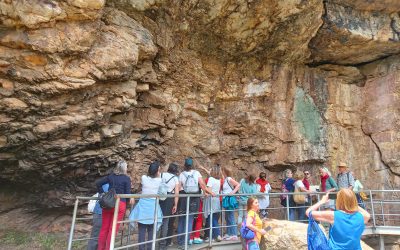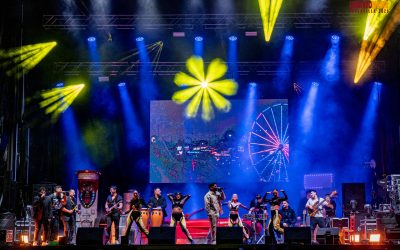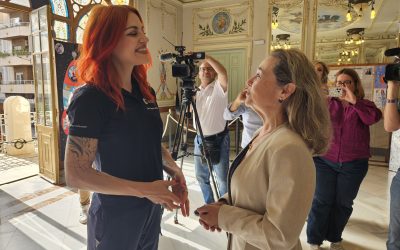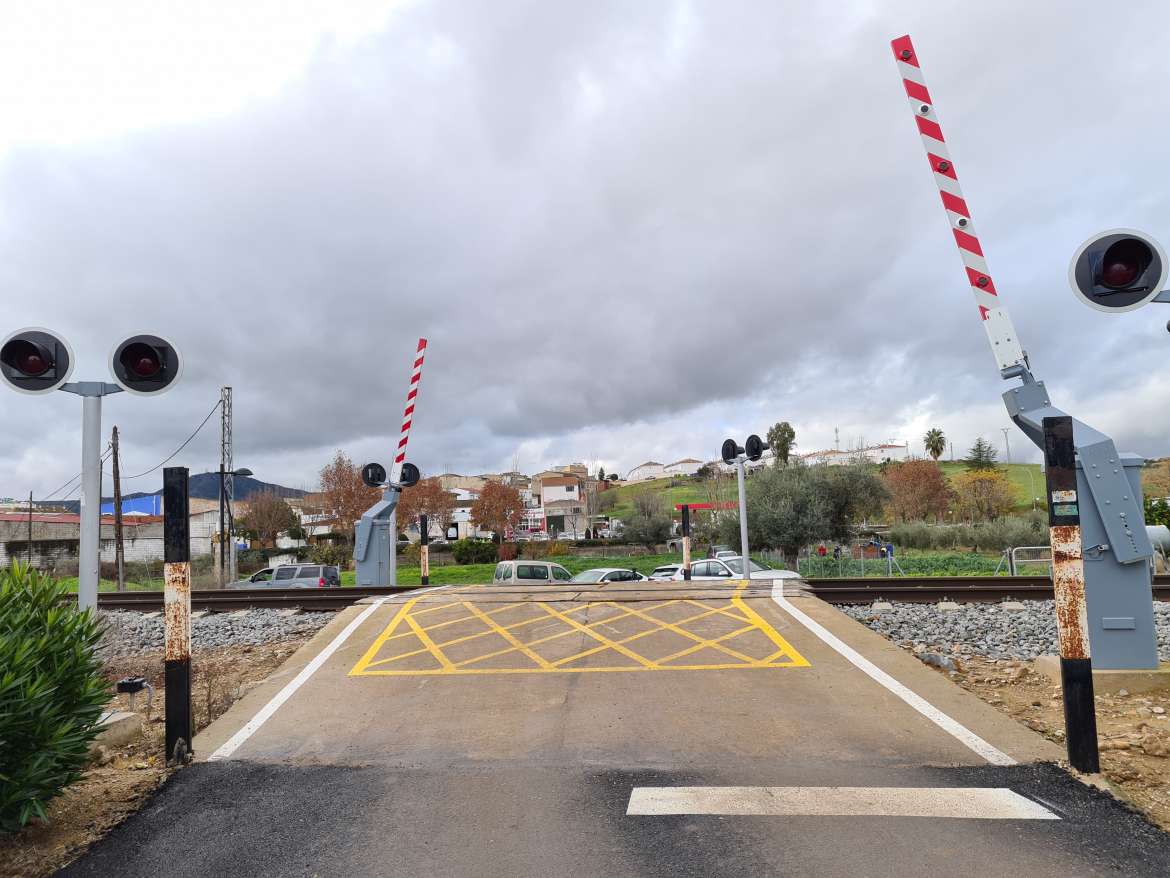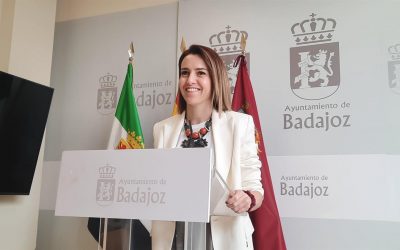Antigua ciudad fronteriza entre los reinos de taifas de Sevilla y Badajoz, los árabes le dieron el nombre de Zafra, ciudad que evoca el pasado romano de la legendaria Segeda. A camino entre Sevilla y Mérida, es sitio de paso obligado de peregrinos que recorren la Vía de la Plata hacia Santiago de Compostela y lugar indispensable para descubrir el esplendor del Señorío de Feria, grandes mecenas arquitectónicos de la ciudad.
Zafra es Conjunto Histórico Artístico de Interés Nacional en el que convive la riqueza patrimonial con una cuidada expresión cultural. Un paseo por sus calles acerca al viajero al emblemático Palacio de los Duques de Feria, que tiene un alcázar gótico-mudéjar que fue mandado construir en 1437 y que hoy es sede del Parador de Turismo. A su alrededor, murallas y puertas levantadas entre 1426 y 1449 para defender el comercio y los dos espacios que se han convertido en algo más que un símbolo: la Plaza Grande y la Plaza Chica. La Plaza Grande está rodeada de soportales del siglo XV que fueron construidos junto al cementerio. En la Plaza Chica se celebraban mercados semanales desde 1380 y en sus soportales estuvo durante años el retablo de la Virgen de la Esperancita junto a la célebre Vara de Zafra que utilizaban los comerciantes como instrumento de medida. El viajero que atraviesa el Arquillo del Pan y accede a este sitio debe saber que se encuentra es uno de los entornos urbanos más singulares de España.
Pasear por Zafra es como adentrarse en un entramado de calles que se van abriendo para descubrir lugares como el Convento-Museo de Santa Clara, el tipismo de la calle Sevilla o la Iglesia de Santa Marina. La riqueza patrimonial de origen religioso queda reflejada en espacios como la colegiata de Nuestra Señora de Candelaria, un edificio gótico del siglo XVI en cuyo retablo mayor hay esculturas de José de Arce, o el de la Virgen de los Remedios, que guarda nueve lienzos de Zurbarán.
Zafra es una ciudad con un gran interés patrimonial donde llegaron a existir hasta diez monasterios y conventos en el siglo XVIII y aún se encuentra habitado el Monasterio de Clarisas de Santa María del Valle – el Convento de Santa Clara-, de estilo gótico-mudéjar, que se construyó para ser el panteón de la Casa de Feria. De los hospitales el más antiguo es el de Santiago aunque también se conservan el de San Miguel, en la judería, y el de San Ildefonso.
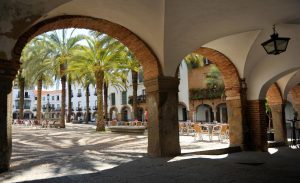
La Feria Internacional Ganadera es todo un referente nacional y ha contribuido a que Zafra sea conocida más allá de sus fronteras. El certamen, que cada año congrega a más de un millón de personas, surgió por real concesión del Rey Juan II de Castilla y se celebra desde el año 1453 enmarcada en la Tradicional Feria de San Miguel. La exposición, subasta y venta de ganados de distintas especies son la razón de ser de este emblemático certamen en torno al que se estructura un ambiente festivo al más puro estilo del sur de España.
Como no podía ser de otro modo en una tierra de ganado selecto, Zafra brilla con luz propia en sus cuatro Estaciones Gastronómicas, citas indispensables para saborear una reconocida trayectoria culinaria. Durante la celebración de su Primavera Gastronómica se convierte en la capital del buen comer de Extremadura gracias a destacados eventos que incluyen concursos de cocina, elaboración de dulces, degustación de originales tapas y raciones creadas con ingredientes de alta calidad y exhibiciones de corte de jamón ibérico. La Feria del Marisco de julio, la del cerdo ibérico en noviembre y la del queso artesano en diciembre completan un calendario festivo y gastronómico reconocido en buena parte de Extremadura y Andalucía.
En Zafra todo es tradición y arraigo y un buen ejemplo de ello lo encontramos en el Festival de la Luna al Fuego, que evoca las fiestas del Corpus y la de San Juan en un acontecimiento sin precedentes que acoge el recinto intramuros. Si de lo que se trata es de retroceder al pasado mercantil de los siglos XVI al XVIII resulta indispensable presenciar la recreación de pasajes como “La Mojá de Varas” durante la mágica noche de San Juan el 24 de junio en un espectáculo único.
Ancient border town between the Taifa kingdoms of Seville and Badajoz, the Arabs named it Zafra, a city that evokes the Roman past of the legendary Segada. Between Seville and Mérida, it is an obligatory stop-off point for pilgrims who cover the Vía de la Plata to Santiago de Compostela and an essential location to discover the splendour of the Domain of the Fair, ‘Señoría de Feria’, the great architectural sponsors of the city.
Zafra is a Historic-Artistic Complex of National Interest where the wealth of heritage and a cared for cultural expression cohabit. A walk through its streets brings the traveller to the emblematic Duques de Feria Palace, which has a Gothic-Mudejar citadel which was commissioned in 1437 and which nowadays is the headquarters of the Parador de Turismo. Nearby, ramparts and gateways constructed between 1426 and 1449 to defend the town’s commerce and the two spaces which have become more than just symbolic: the Plaza Grande and the Plaza Chica. The Plaza Grande is surrounded by arcades from the fifteenth century that were built next to the cemetery. In the Plaza Chica, weekly markets were held since 1380 and for years the altarpiece of the Virgen de la Esperancita alongside the famous Vara de Zafra – which the traders used as a measuring tool – stood in its arcades. The traveller who crosses the Arquilla de Pan and enters this site must be aware that they are in one of the most singular urban settings in Spain.
To walk through Zafra is like entering a framework of streets which go opening up to discover places such as the Santa Clara Convent-Museum, the local colour of Sevilla Street or the Santa Marina Church. The wealth of heritage which is of religious origin is reflected in spaces such as the Nuestra Señora de Candelaria Collegiate Church, a Gothic building from the sixteenth century whose high altar holds sculptures by José de Arce, or that of the Virgen de los Remedios, which has nine canvases by Zurburán.
Zafra is a city with of great heritage interest where there were at one point ten monasteries and convents in the eighteenth century and the Clarisas de Santa María del Valle Monastery is still inhabited. The Santa Clara Monastery, done in a Gothic-Mudejar style, which was built to be the pantheon for the House of Feria. Of the hospitals, the oldest is the Santiago one, although that of San Miguel is still conserved in the Jewish Quarter, as well as that of San Ildefonso.
The International Cattle Festival is quite the national reference point and has contributed to Zafra being well-known beyond its borders. The contest, which each year congregates over a million people, arose by royal decree of King Juan II of Castile and has been held since 1453, included in the Tradicional Feria de San Miguel. The exhibition, auction and sale of cattle of different species are the raison d’etre of this emblematic contest around which is structured a festive atmosphere of the purest Southern Spanish style.
Just as it could only be so in a land of select cattle, Zafra shines with its own glory in the Cuatro Estaciones Gastronómicas, essential dates to taste a famous culinary tradition. During the hosting of the Gastronomic Spring, it becomes the capital of Extremaduran fine eating thanks to outstanding events such as cooking competitions, dessert making, the tasting of original snacks and portions created with high quality ingredients and exhibitions of Iberian ham slicing. The July Seafood Fair, that of Iberian pork in November and that of craft cheeses in December complete a festive and gastronomic calendar which is famous through most of Extremadura and Andalucía.
Everything in Zafra is tradition and roots and a good example of this is to be found in the Festival de la Luna al Fuego, which evokes the celebrations of the Corpus and of San Juan at an event without precedent which is held in the compound within the city walls. If what you are interested in is returning to the mercantile past of the sixteenth to eighteenth centuries, it is vital to experience the recreation of scenes such as the ‘Mojá de Varas’ during the magical night of San Juan on the 24th of June with its unique show.


